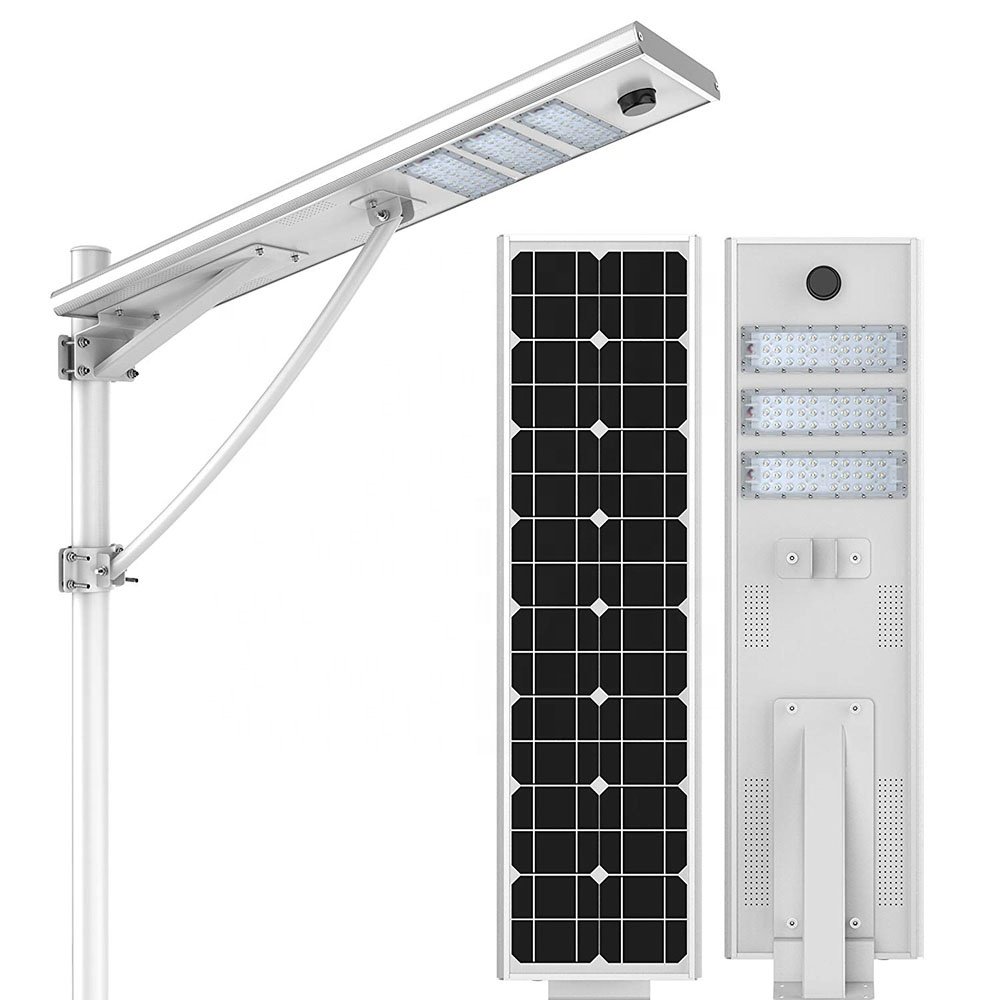Like semiconductor devices, early failure analysis of light emitting diodes (LED) is an essential part of reliability work, and it is an active method to improve the reliability of LED. The procedure of LED failure analysis must follow the principle of non-destructive, reversible, and repeatable test first, then semi-destructive and non-repeatable test, and finally destructive test. An appropriate analysis method is adopted to prevent the loss of fundamental failure factors and signs of the analyzed device (DUA) or the introduction of new failure factors to the maximum extent. To pick up objective analysis conclusions. According to the characteristics of LED, such as optoelectronic properties, resin solid, and transparent packaging, a new set of effective failure analysis methods have been summarized in the early failure analysis of LED.
LED failure analysis method.
1. Thinning resin optical perspective method.
In the non-destructive analysis technology of LED failure, visual inspection is the most convenient and requires the least resources. And the person with appropriate inspection skills can be carried out anywhere, so it is the most widely used method for nondestructive inspection of failed LED. In addition to appearance defects, you can observe the internal situation through the packaging resin. For the high focusing effect of the package. Due to the influence of the optical focusing effect of the device itself. It is often not clear. So under the condition of keeping the electrical performance undamaged, you can remove the condensing part, thin the packaging resin, and then furbish. It is easy to observe the quality of the LED chip and packaging process under the microscope. Failure phenomena such as the essence of bubbles or impurities in the resin, the accuracy of solid crystal and bonding positions, and color changes in brackets, chips, resins, and chip cracks can observe.

2. Semi-corrosive dissection.
For an LED single lamp, the resin fixes two pins. When dissecting, if the whole device is immersed in acid after strong acid corrosion removes resin, the pins of the chip and bracket are exposed, the pin loses the fixation of resin, and the connection between chip and pin is destroyed. This anatomical method can only analyze the chip problem of DUA. But it is tough to analyze the defects of DUA lead connection.
Therefore, we adopt the semi corrosive dissection method, only dip the top of the led-dua lamp in acid. And accurately control the corrosion depth, remove the resin from the top of the led-dua light, retain the resin at the bottom, completely expose the chip and bracket pins, and keep the lead wiring intact. And conduct a comprehensive analysis of the Dua.
In the process of LED-DUA defect analysis, it is often encountered that the initial test parameters of the device are abnormal. But the chip obtained after dissection is tested by the probe, and the chip parameters return to normal. At this moment, it is difficult to judge whether the abnormal phenomenon is caused by poor packaging bonding or excessive stress of the packaging resin. Semi-corrosive anatomy uses to retain the bottom resin, eliminating the influence of the pressure of the packaging resin, while maintaining the internal lead connection of the DUA. So that it is easy to identify the factors causing the failure.
3. Metallographic analysis.
The metallographic analysis is a means of analysis and production control in the metallurgical industry. Its essence is to prepare a typical section for observation and analysis of samples. It can obtain phenomena about structure and interface properties that other analytical methods cannot acquire.
The cross-sectional analysis of LED is the “last resort” for LED-DUA failure analysis, after which it is generally impossible to carry out other evaluations and analyses.
It is also a kind of LED anatomical analysis method. To analyze small examples, in general experiments. The analytical instances need to fill with resin for mechanical processing. And the interface to be analyzed is planned or cut off, and then the interface to be analyzed is obtained by grinding and polishing.
For LED devices, many of them are resin filling devices, so as long as the interface is selected, the typical cross-section of LED- DUA can be obtained by planing, grinding, polishing, and so on.
During the operation, the cross-section can usually be ground with Emery paper. When it is close to the area of concern, it can be ground with Emery paper or water sharp, and finally polished with 0.05 μ m alumina paste on the fine wool fabric.
4. Factorial test analysis.
A factorial test is an analytical test based on known results to discover the cause of the results. Through the experiment, we can distinguish whether it is the primary influence factor or the secondary influence factor, and we can define the direction of the test. Factorial test analysis is a semi-destructive test. LED-DUA anatomical analysis requires a high operation process, and a little carelessness may result in the loss of the analyzed devices. In the process of analysis, the factorial test analysis method is often used to estimate the causes of device failure according to the re-test results and appearance inspection, combining the corresponding theoretical knowledge and previously accumulated analysis experience. And put forward targeted tests and methods for verification.
Generally speaking, corresponding physical measures and tests can be adopted-cold as hot shock tests, gravity impact tests, high or low-temperature tests, vibration tests, etc. For example, in the inventory φ, five transparent red LED single lights, there is an individual LED intermittent open circuit failure phenomenon during the shipment inspection. And the two tests only go through moving and transportation, so the gravity impact test is used for DUA first. And the open circuit failure after the test appears. After thinning the resin, you can see the dislocation of the chip and silver paste, which is the reason for the intermittent open circuit failure.

5. Variable current observation method.
As an optoelectronic device, compared with general semiconductor devices, the failure analysis of LED must pay attention to the changes in optical parameters in addition to detecting the electrical parameters of DUA. In addition to testing through a professional tester, you can also observe the light mutations of DUA directly through the eyes or with the help of a microscope, and you can often get unexpected gains.
If the DUA is powered on according to the rated current, the light may be too strong to see clearly during observation, and changing the recent can observe the light.
For example, the forward voltage Vf of GaN-based blue LED increases sharply. Under the low current, some of the chips can only emit light locally due to poor current expansion. The contact between the electrode and the epitaxial layer is unstable. The failure is caused by the increase of contact resistance under the action of package stress.
6. Test and counter-proof method.
In the process of LED failure analysis, the analytical instruments and means are often limited, which can not directly prove the cause of failure. High-quality analysis engineers often adopt exclusion methods to deduce the cause of failure through some analytical tests.
For example, the DUA is an eight × eight red LED lattice, the initial test of the semi-finished product is qualified, and the reverse leakage current of a single point LED appears after glue filling, which is limited by instruments and equipment. Only the DC power supply and LED photoelectric parameter tester can not do anatomy or prospective analysis. In the test, it is found that the forward photoelectric parameters of DUA are not abnormal. But the reverse leakage current is large, so the forward photoelectric parameters are measured again after reverse bias and increasing the current to tens of milliamperes. And there is no evident change before and after. It shows that tens of milliamps in the reverse preference did not pass through the LED chip, so it is inferred that the LED chip did not cause leakage.
If you want to know more about lighting-related consultation, please feel free to consult: www. enetcl.com.At the same time, we also hope you can give us valuable advice or suggestions. Thank you!



